- Author: Denise Godbout-Avant

Why Are People Scared of Spiders?
One possible reason for people's fear of spiders is they are so different from the rest of nature, which Hollywood and the media have exploited.
Spiders are arachnids, a class of invertebrate creatures, which also includes mites, ticks and scorpions. Unlike insects, arachnids have eight or more legs, with two major body parts (insects have three), a fused head and thorax called the cephalothorax, and the abdomen.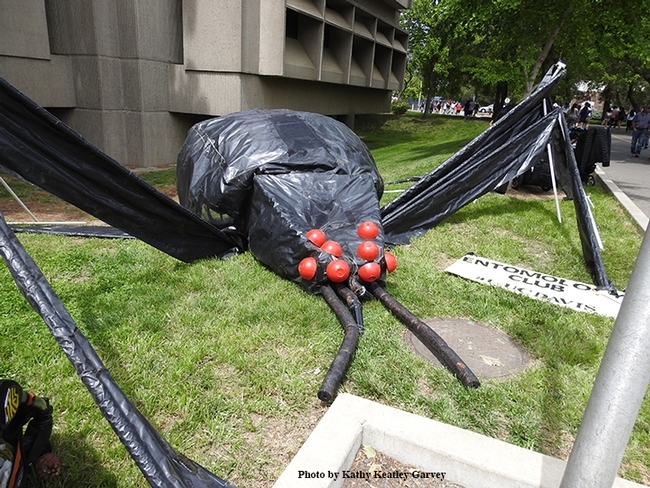
Like mites, ticks and scorpions, most spiders are venomous, using venom to catch/kill their prey. However, the jaws of most spiders are too small to penetrate human skin. Only those spiders whose venom can cause a severe reaction are called “toxic” spiders.
Spiders in the World and California
Spiders have been around a long time – fossilized spiders have been found in 318-million-year-old rock. Today there are about 40,000 types of spiders in the world, on every continent except Antarctica. They range in size from a miniscule 0.02 inches (0.5 mm) to hairy tarantulas up to 3.5 inches (90 mm).
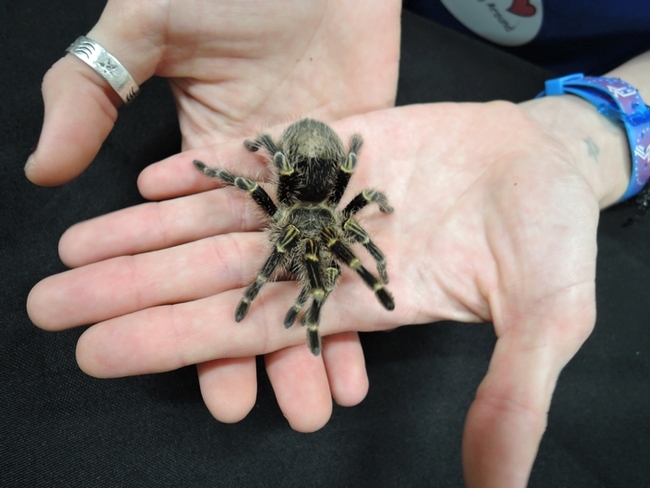
- California has quite a few tarantula species, none of which are venomous. They tend to be long-lived, and use silk to line their underground burrows.
- Orb weaver spiders are often large and colorful. Along with their distinctive, sizeable, elaborate webs they are easy to spot. Their venom is harmless to humans.
- Sheet web spiders are small brown spiders who build messy sheets of webbing, often on the ground. Their venom is harmless to humans.
- Cellar spiders, aka “daddy long legs” initially came from Europe, have long skinny legs, and often hang upside down. Their venom does not harm humans.
- Wolf spiders are free ranging predators who don't build webs and are harmless to humans.
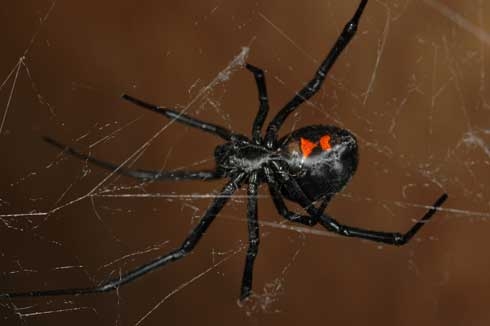 Female Western black widow spider, Rick S. Vetter, UC Riverside.
Female Western black widow spider, Rick S. Vetter, UC Riverside.
Only four species of spiders in the world are really dangerous to humans: Sydney tunnel web spider (Australia), Brazilian wandering spider (Brazil), African sand spider, and widow spiders (global).
California's widow spider is the well-known adult female western Black widow (Latrodectus hesperus).
Their web is sticky, irregular and tough-stranded. During WWII widow silk was used to make the crosshairs in gunsights. Widespread in California, with as many as 20-30 per urban/suburban property, Black widows are found in the holes, crevices, trash, and clutter of human structures. Her distinctive shiny black body with a bright red hourglass on the underside of the abdomen is a warning signal to others which makes her easy to identify and thus avoid.
Misinformation on Spider Bites
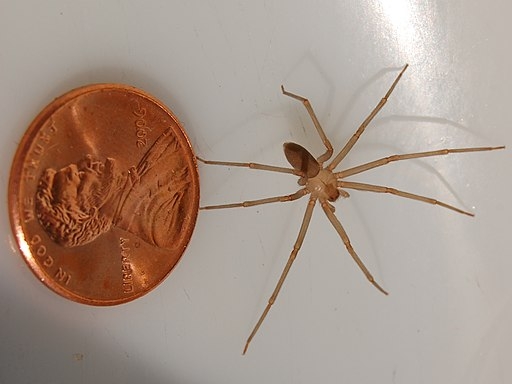
Most spider bites cause no reaction or as much harm as a bee sting or mosquito bite. According to Spider Physiology and Behavior, Volume 41, there were only about 100 recorded deaths from spider bites globally during the entire 20th century! The last death by spider bite in California was in 1976 (due to septicemia). Other arthropod bites, including ticks, fleas, bees, wasps, bedbugs, mosquitoes, deer flies and horse flies, may be mistaken for spider bites.
A bite from black widow venom can cause fever, cramping muscle and joint aches, but it does not cause sores. But they are shy and reluctant to bite; when they do bite, it is often dry (no venom). On the rare occasion someone is injected with their venom, there is an effective antivenom available.
Brown Recluse Spiders
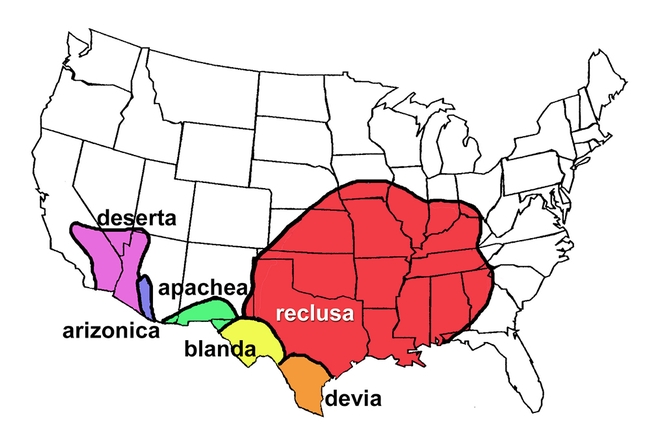
Management
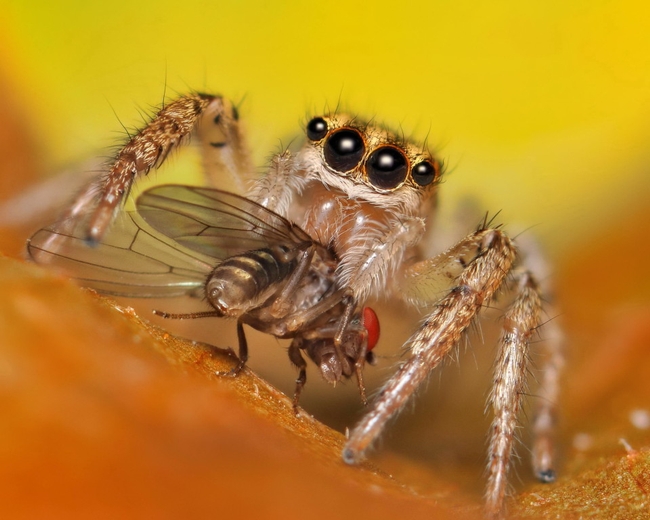
Beneficial Spiders
Spiders are extremely beneficial due to being important predators of pest species. They are often the most important biological control of pests in and around homes, yards, gardens and agriculture. It is estimated that spiders eat 800 million tons of bugs a year. According to Norman Platnick of New York's American Museum of Natural History, “Spiders are primary controllers of insects. Without spiders, all of our crops would be consumed by those pests” and we could face famine.
I have always scooped up spiders I find in my home to carry them outside and will continue to do so. I am removing the spiders from my Halloween décor, since I do not want to continue misrepresenting these valuable creatures.
Resources
- UC Davis Dr. Lynn Kimsey's talk on spiders via UC IPM Urban & Community Webinars: https://www.youtube.com/watch?v=b6ExDP5wNVw
- UC IPM Natural Enemies Gallery https://www2.ipm.ucanr.edu/natural-enemies/spiders/
- UC IPM Quick Tips Card http://ipm.ucanr.edu/PMG/PESTNOTES/pn7442.html#SPIDER
- UC Riverside https://spiders.ucr.edu
- https://www.livescience.com/22122-types-of-spiders.html
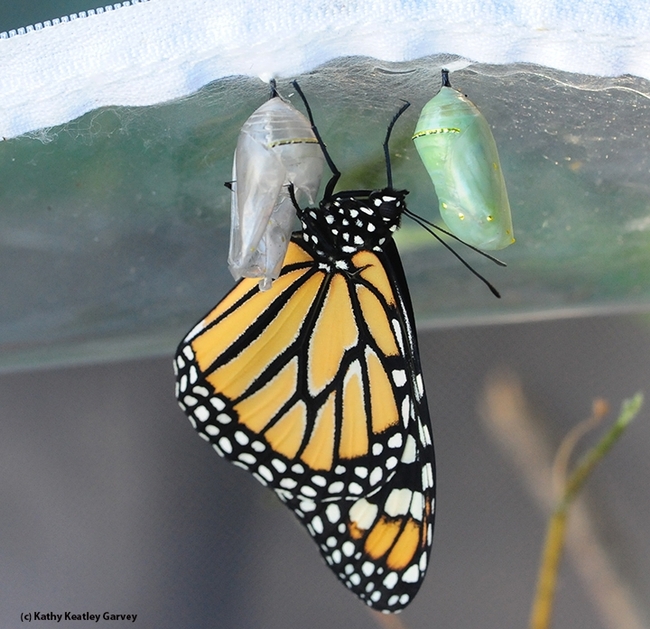
You'll learn about butterflies in general, about monarchs, their life cycle, their incredible migration, the importance of nectar plants and milkweed to their survival, and how you can help these endangered butterflies. Free milkweed seed packets will be given to attendees! Use the link below to register.
Date: Saturday, October 15, 2022
Time: 9:00 am – 10:30 am
Where: Stanislaus Agricultural Center, 3800 Cornucopia Way, Harvest Hall Rooms D&E.
Register: http://ucanr.edu/monarchs/2022
If you see this post and can't or forget to register, please come anyway!
- Author: Denise Godbout-Avant

Fascinating Bat Bits
Bats are the only true flying mammal, making up a quarter of the world's mammals. There are 1,100 species of bats, with forty species in the USA. California has twenty-five species, most of which are insectivores.
Bats are one of only three mammals that generally sleep upside down, with sloths and manatees being the other two.
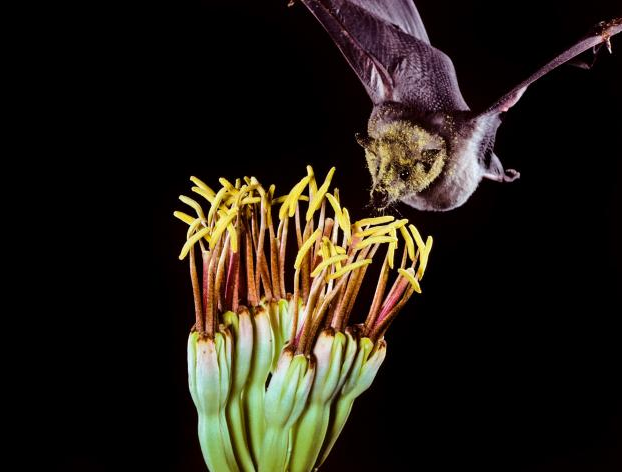
According to the U.S. Forest Service, fruit-eating bats are responsible for dispersing seeds that grow into bananas, avocados and 300 other plant species around the world. Agave plants (which are the source of tequila and mezcal) evolved to supply most of their nectar after dark to attract the nocturnal bats to cross-pollinate their flowers.
Insect eating bats often consume their own weight in insects each night, eating up to a thousand mosquito-size insects in an hour! It is estimated that bats' value to agriculture could exceed $23 million per year.
Bats are excellent fliers with some species flying up to 60-100 mph. They can locate and catch insects in midflight in total darkness, using echolocation, which is the ability to locate objects by reflected sound waves.
Where Do Bats Live?
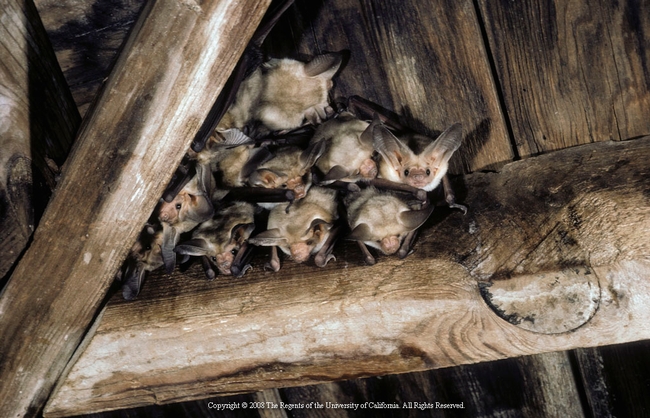
Usually, males and females with young will roost separately, but in late summer or early autumn, males may join the colony. In the winter when insects become scarce, some bats hibernate, while others may migrate to warmer areas, returning in the spring months.
Bat Myths and Facts
Because of their nocturnal habits, bats are rarely seen, so seem mysterious and are often misunderstood.
Myth - Bats suck people's blood.
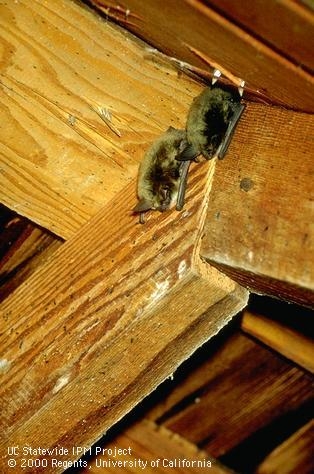
Myth - Bats are blind.
Fact - Bats do have small eyes, but they are functional. Megabats, which are larger bats such as fruit bats (found in forests of Africa, Asia, Australia, and Europe), search for their food using both sight and smell.
Myth - Bats fly towards and get tangled in people's hair.
Fact - Bats hang upside down from their roosts and tend to drop down and flap their wings before they start to lift off in flight. So, though it may appear the animals are swooping down on you and want to nest in your hair, they're not. In fact, bats don't make nests.
Bats as Pests
Like many mammals, bats can contract rabies. It is rare for a rabid bat to bite a human. According to the World Health Organization, an estimated 59,000 humans die from rabies each year, with 99% of these deaths being due to contact with rabid, unvaccinated dogs.
Most bat parasites such as fleas and mites are host specific and cannot survive on other animals. No evidence exists of disease transmission to humans or domestic pets from bat parasites.
Bat droppings, known as guano, can harbor a widespread fungus found in soil, Histoplasma capsulatum, which causes Histoplasmosis in humans. However, most human infections come from birds.
If You Find a Bat. . .
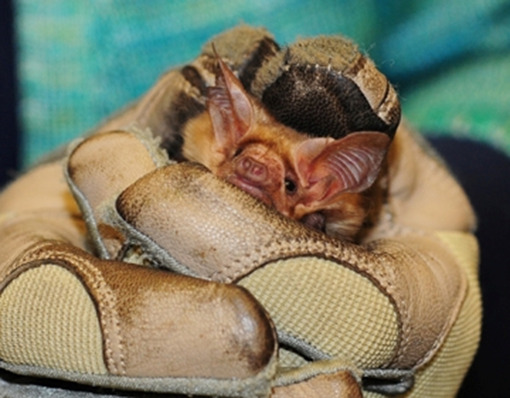
If you find a bat laying on the ground, please leave it alone, especially in the spring or fall, when they may be migrating and are just resting during their long journey. If after an hour or two, the bat has not moved, it is likely sick and should be avoided. If it is in an area where children or pets can access it, you may want to trap it. While wearing leather gloves, carefully put a box over it and slide a piece of cardboard underneath it to trap it. Then contact your local wildlife rescue organization (in Stanislaus County that is the Stanislaus Wildlife Care Center at 1220 Geer Rd., Hughson, 209-883-9414).
Bats in Trouble
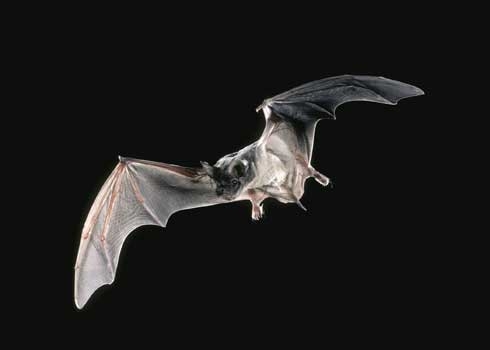
One of their most dire threats comes from white-nose syndrome (WNS), a disease that has decimated bats in the USA and Canada. Bats that hibernate during the winter do so to ration their energy and survive during a time of year when insects are scarce. The WNS fungus grows on bats' skin which disturbs their hibernation, thus increasing the amount of energy they are using, resulting in dehydration, starvation and often, death. However, a 2015 breakthrough appears promising. A team of researchers treated infected bats infected with a common bacterium on bananas which seems to stop the growth of the fungus. The treated bats were successfully released back to the wild.
How Can You Help Bats

- Learn more about bats, educating friends and family.
- With an iNaturalist app on your smartphone, you can take part in citizen science by observing bats in a park or your own backyard.
- Build a bat house. Bats need places to roost, rest, raise young. UC IPM gives information how to build a backyard bat house: http://ipm.ucanr.edu/PMG/PESTNOTES/pn74150.html. Other bat house links are provided in Resources. Choose a pesticide-free open location with five to seven hours of sunlight. Bats prefer interior temperatures of 80-100ºF during the summer.
- Stay out of caves when directed. Bats need to be undisturbed in caves, particularly in the winter months. If you do visit caves where bats live, clean your shoes before and after to avoid tracking white nose syndrome to another cave.
Where to Go See Bats
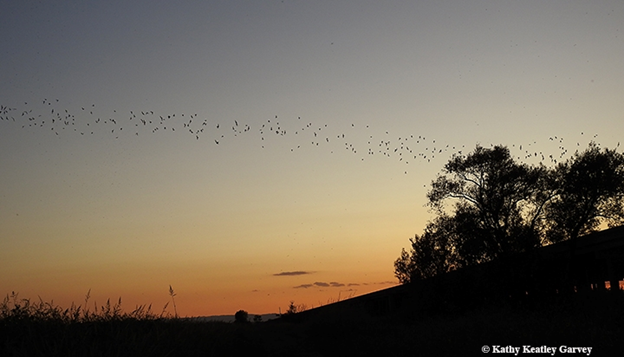
- Yolo Bypass Wildlife Area: Not far from Sacramento, this colony resides under the Yolo Causeways, a 3-mile-viaduct on Interstate 80. These are Mexican Free-tailed bats (Tadarida brasiliensis) who take up residence in the crevices in the concrete bridge. The colony numbers up to a quarter-million bats in size. If you want to see the bats yourself, you can find a place with a good view, but you can also book tours that are specifically designed to get you close enough to see the colony. https://www.yolobasin.org/bats2022/
- Consumnes River Preserve: Near Lodi, several species of bats are found in both the riparian forest and in a bat-friendly bridge built over the Cosumnes River. https://www.nature.org/en-us/get-involved/how-to-help/places-we-protect/cosumnes-river/
All About Bats Webinar
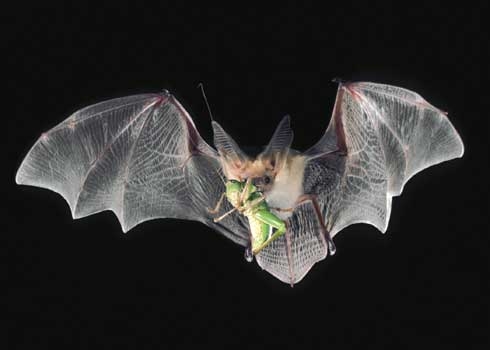
Webinar: “All About Bats”
Where: On Zoom
When: Wednesday, October 12, 2022, from 1:00-2:30 p.m
Instructor: Rachael Long, UC ANR Integrated Pest Management for Yolo, Solano and Sacramento Counties
Cost: Free
Register: https://ucanr.edu/all/about/bats
Resources
What Insects Do Bats Eat? https://ucanr.edu/blogs/bugsquad/index.cfm?tagname=bats
Bats, Allies to Farmers: https://ucanr.edu/blogs/blogcore/postdetail.cfm?postnum=23708&postnum=23708
Bats in the Belfry: https://ucanr.edu/blogs/blogcore/postdetail.cfm?postnum=17395
Fear of Bats and Its Consequences by Merlin Tuttle: https://secemu.org/wp-content/uploads/2018/05/Tuttle_et_al_2017.pdf
Bat Myths: https://kids.nationalgeographic.com/nature/article/bat-myths-busted
Myth Busters: https://www.nps.gov/subjects/bats/myth-busters.htm
Nature Conservancy – Bats: https://www.nature.org/en-us/get-involved/how-to-help/animals-we-protect/bats/
Bat Conservation and Management – Bats in Buildings:https://batmanagement.com/blogs/bat-exclusion-control/bats-in-buildings
White nose syndrome: https://blog.nature.org/science/2015/05/27/bananas-to-bats-the-science-behind-the-first-bats-successfully-treated-for-white-nose-syndrome/
All About Bat Houses: https://batmanagement.com/pages/lc-bh-overview
Selecting a Quality Bat House: https://www.merlintuttle.org/selecting-a-quality-bat-house/
- Author: Denise Godbout-Avant

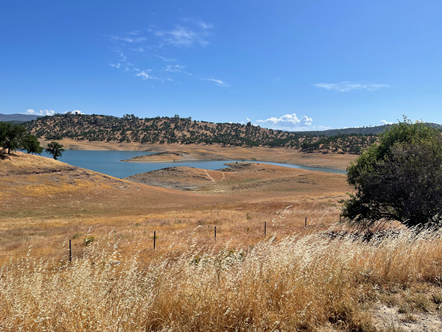
Whenever a drought happens in California, most of us look for ways to conserve water in our gardens and home. However, with droughts becoming the norm, rather than the exception, practicing water sustainability needs to become a way of life.
How can we conserve water in our daily lives? Our gardens are a good place to start, since about half of urban water is used for outdoor irrigation. The following are some suggestions which can have an impact on the amount of water you use in your gardens.
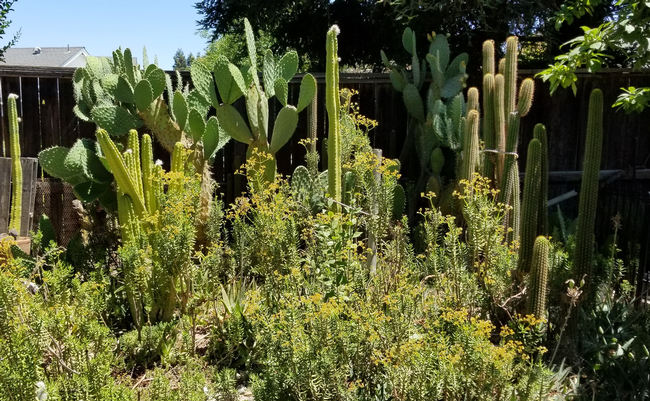
Practice water-wise garden irrigation by changing sprayers to drip system whenever possible, since sprayers decreases the amount of water going to your plants due to evaporation. Water according to the season, reducing or eliminating watering during the cooler, wet winter months – investing in a water timer with a rain sensor can help with this. Water early in the morning or late in the day when temperatures are cooler. Check your irrigation system regularly to check for leaks, repairing or replacing as needed.

Plant water-wise plants that need little water once established. The above link will provide you with many suggestions. Another wonderful source of plant information is the UC Davis Arboretum All-Stars: https://arboretum.ucdavis.edu/arboretum-all-stars
There are ways to reduce our water use in our homes also, including having a water-efficient washing machine, dishwasher, shower and toilet, and not letting the faucet run while shaving, brushing our teeth, or washing our hands.
These are a few of the many ways we can make being water-wise a way of life in our gardens and homes. Every drop of water counts!
To learn more about our water and ways to use it wisely, join the UCCE Stanislaus County Master Gardeners on Tuesday, June 29th at 6:00pm on Zoom for our talk “Water-wise Tips for Your Garden and Home.” You can sign up at: http://ucanr.edu/water-wise/2021
- Author: Denise Godbout-Avant
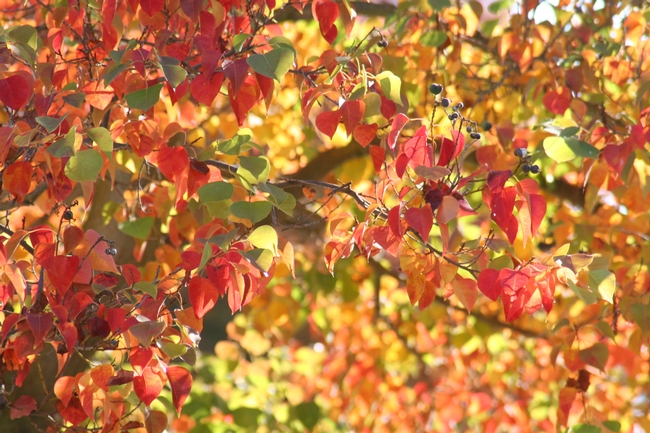
Why do some trees change color and drop their leaves before winter? And why are there different colors?
Leaves are colored by pigment molecules. Most leaves appear green because they contain an abundance of the pigment chlorophyll. Chlorophyll is the site of photosynthesis where the sun's energy is converted into the carbohydrates that are plants' food source. During the cold winter months when there is less sunlight, it would take too much energy for some trees to keep their leaves healthy. So deciduous trees lose their leaves for the winter. Evergreen trees have a different strategy for dealing with winter's challenges (which is a topic for another time!).
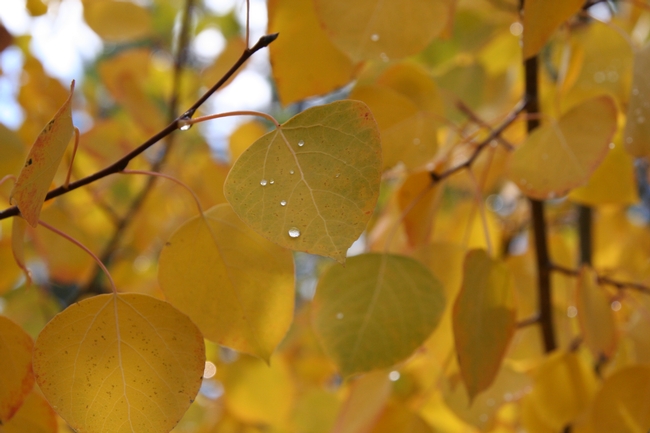
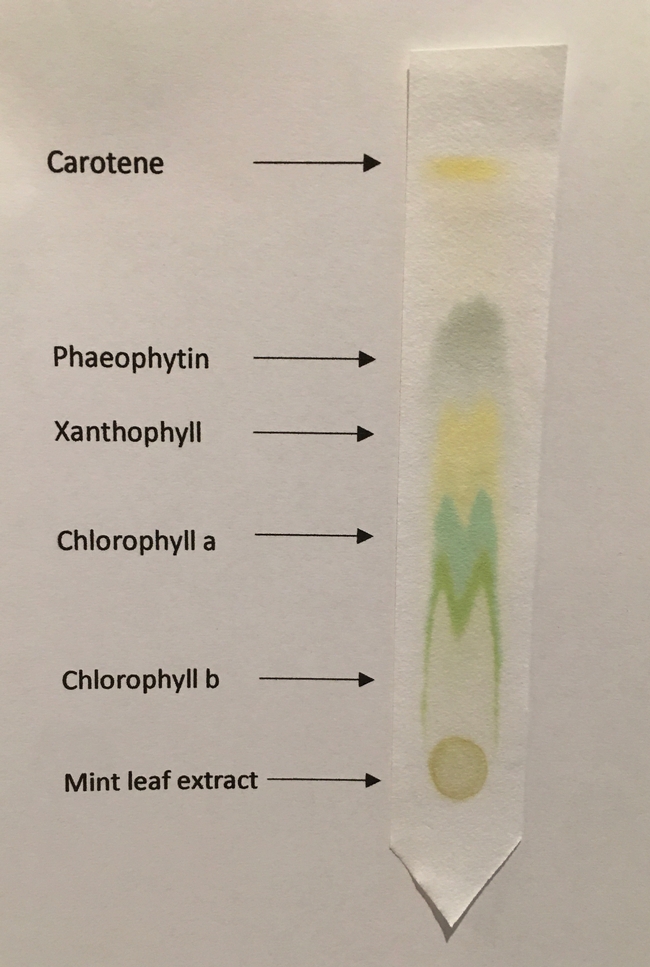
Elevation, latitude and weather all affect the timing and intensity of fall colors. Higher elevations and northern latitudes produce earlier autumn colors in trees. In general, autumn weather with lots of sunny days, dry weather, and cold, frostless nights will produce the most vibrant palette of fall colors. Some trees that can produce vivid colors include maples, gingkos, aspen, birches, Japanese maples, liquidamber, cherry, redbud, Chinese pistache, and dogwood.
In the Central Valley we usually don't get the glorious colors like the Sierra Mountains or the east coast, but we do get some color which usually starts in early November. So, enjoy the autumn jewels since it occurs only for a brief period each fall!
Denise Godbout-Avant has been a UCCE Stanislaus County Master Gardener since July 2020.

